DJI has just made a bold move by drastically cutting the price of its flagship cinema camera, the Ronin 4D. The 6K version of the camera now costs $4,999, a staggering $1,800 less than before. On top of that, the ProRes RAW license, which was originally priced at $980, has now been reduced to a mere $1. Altogether, this means that filmmakers can now get RAW recording on the Ronin 4D with a total discount of nearly $3,000! This dramatic price drop raises an intriguing question: Why is DJI doing this?
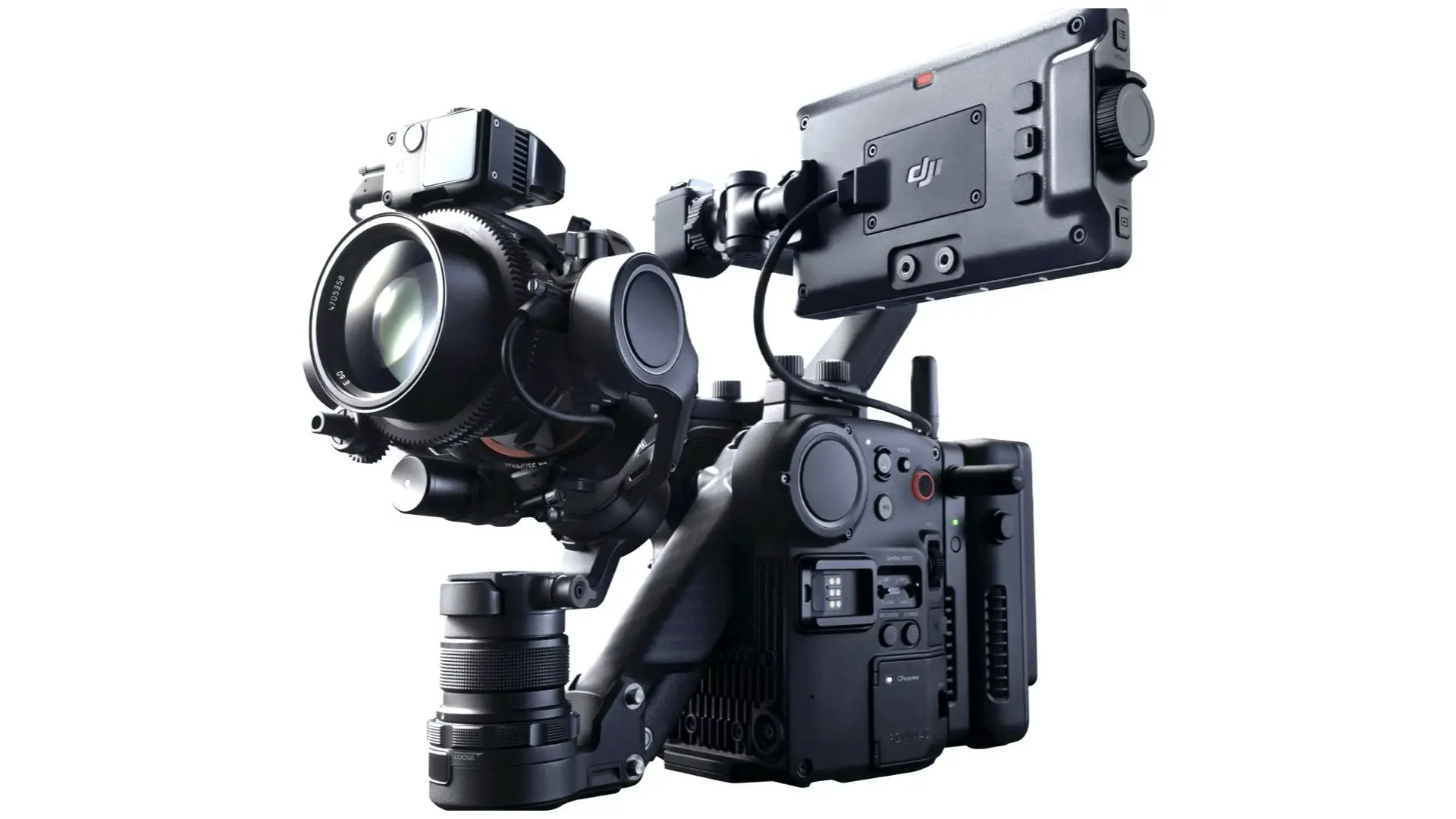
The Ronin 4D: A Groundbreaking, Yet Niche Camera
When DJI launched the Ronin 4D, it positioned the camera as a game-changer in the world of cinematography (YMCinema). The camera features a unique 4-axis stabilization system, a full-frame sensor, and an integrated LiDAR focusing system, making it one of the most technologically advanced cameras in its class. However, while its innovation was undeniable, the Ronin 4D did not fully dominate the professional cinema market as DJI had hoped. Despite being used in major productions like Alex Garland’s “Civil War” (YMCinema), the Ronin 4D remained somewhat of a niche product. It was highly praised for its mobility and stabilization, but it lacked the modular flexibility of traditional cinema cameras. High-end productions often require cameras that can accommodate a variety of professional lenses, something the Ronin 4D struggles with due to its integrated design.
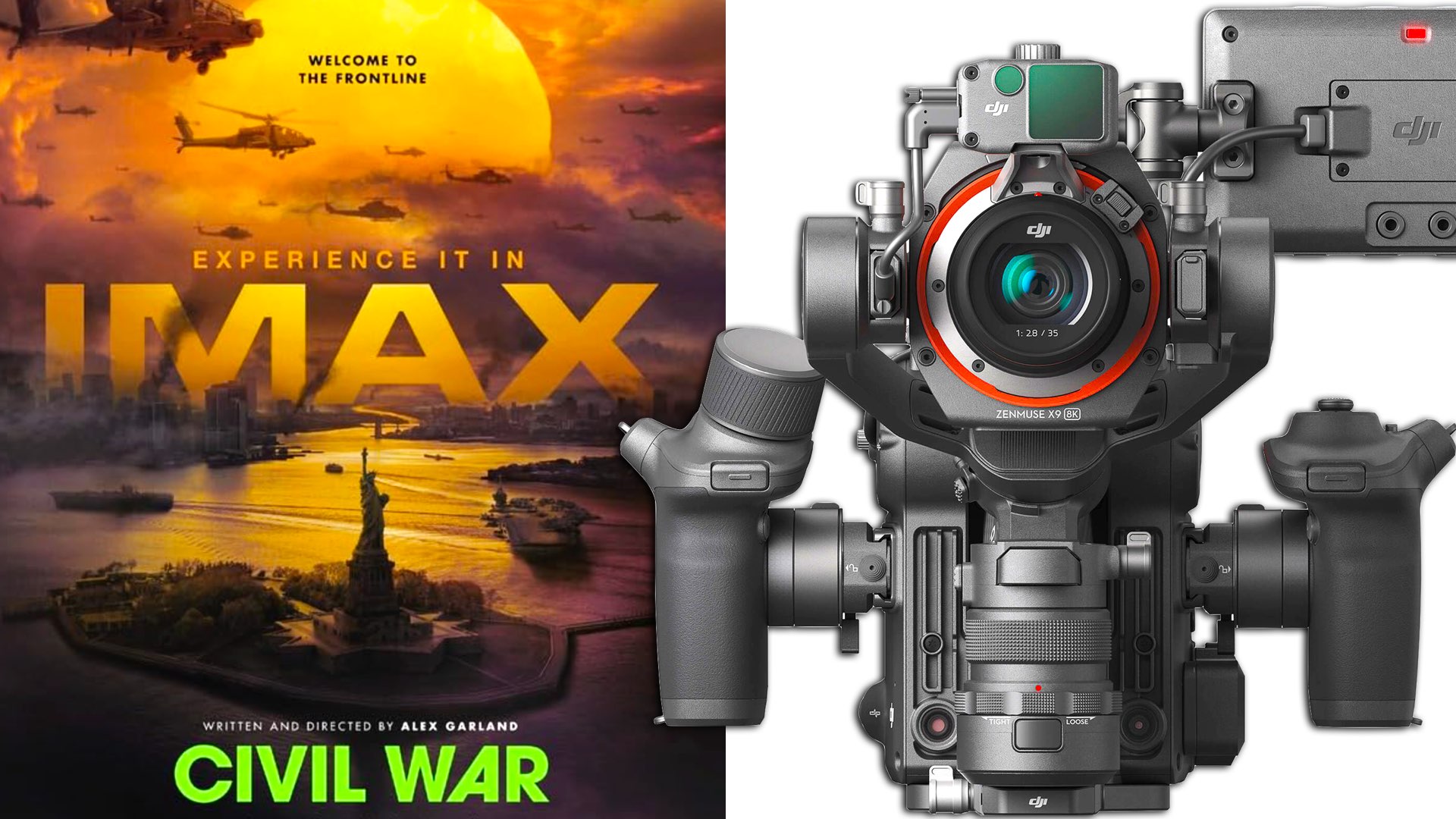
Price Drops: A Familiar Strategy
This is not the first time DJI has adjusted the Ronin 4D’s pricing. Back in 2022, DJI removed ProRes RAW support from the Ronin 4D and simultaneously reduced its price, possibly due to licensing conflicts or sales performance (YMCinema). Now, history is repeating itself, but this time, the discount is even bigger.
This price drop could signal one of two things:
- A New DJI Cinema Camera Could Be on the HorizonWith NAB 2025 approaching, DJI might be preparing to launch a successor to the Ronin 4D. The massive price cut could be a way to clear inventory before unveiling a new model. Given that DJI has been aggressively pushing innovation in professional filmmaking, it wouldn’t be surprising to see a next-generation Ronin 4D with improved specs and lens compatibility.
- Struggling Sales – The Ronin 4D Might Not Be Selling as ExpectedWhile the Ronin 4D has been used in high-profile projects like the upcoming F1 movie (YMCinema), its market positioning remains uncertain. The initial price may have been too high for indie filmmakers, while larger productions still prefer more traditional cinema cameras. Lowering the price significantly could be DJI’s attempt to push more units into the hands of filmmakers who were previously hesitant to invest.

What This Means for Filmmakers
For those who have been considering the Ronin 4D, this is an incredible opportunity. A nearly $3,000 price reduction combined with free RAW recording means that filmmakers can now get an advanced cinema setup for a fraction of its original cost. The Ronin 4D has already proven its worth in high-stakes productions (YMCinema), and at this new price, it becomes an even more attractive tool for indie filmmakers, YouTubers, and cinematographers looking for high-end features at a reasonable cost.
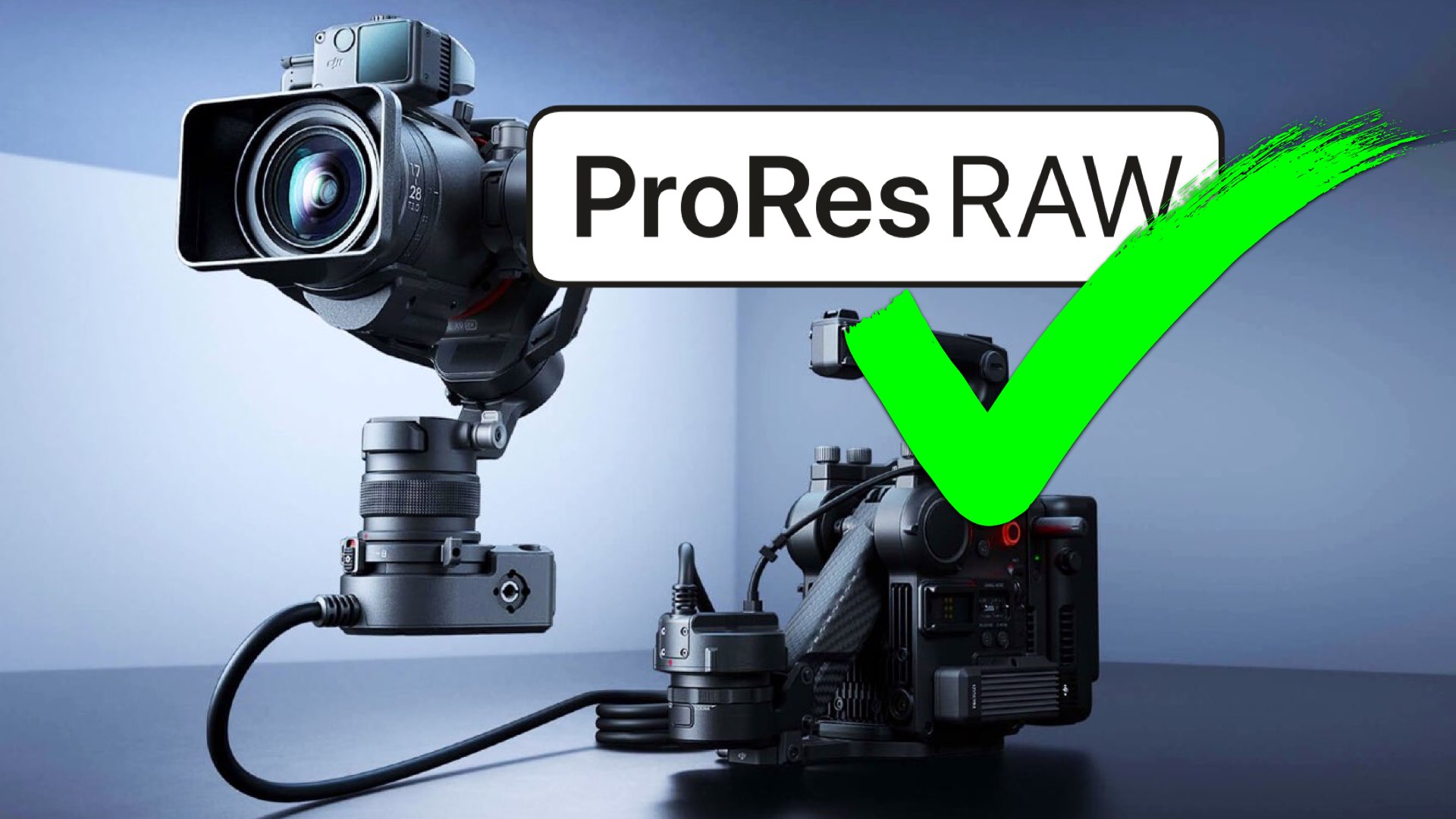
Conclusion
DJI’s decision to slash the price of the Ronin 4D and its RAW recording capabilities is a massive win for filmmakers. Whether this is an attempt to boost sales or a prelude to a new DJI cinema camera, one thing is clear: the Ronin 4D is now one of the best deals in professional filmmaking. If you were waiting for the right moment to jump into DJI’s cinema ecosystem, this might be it!

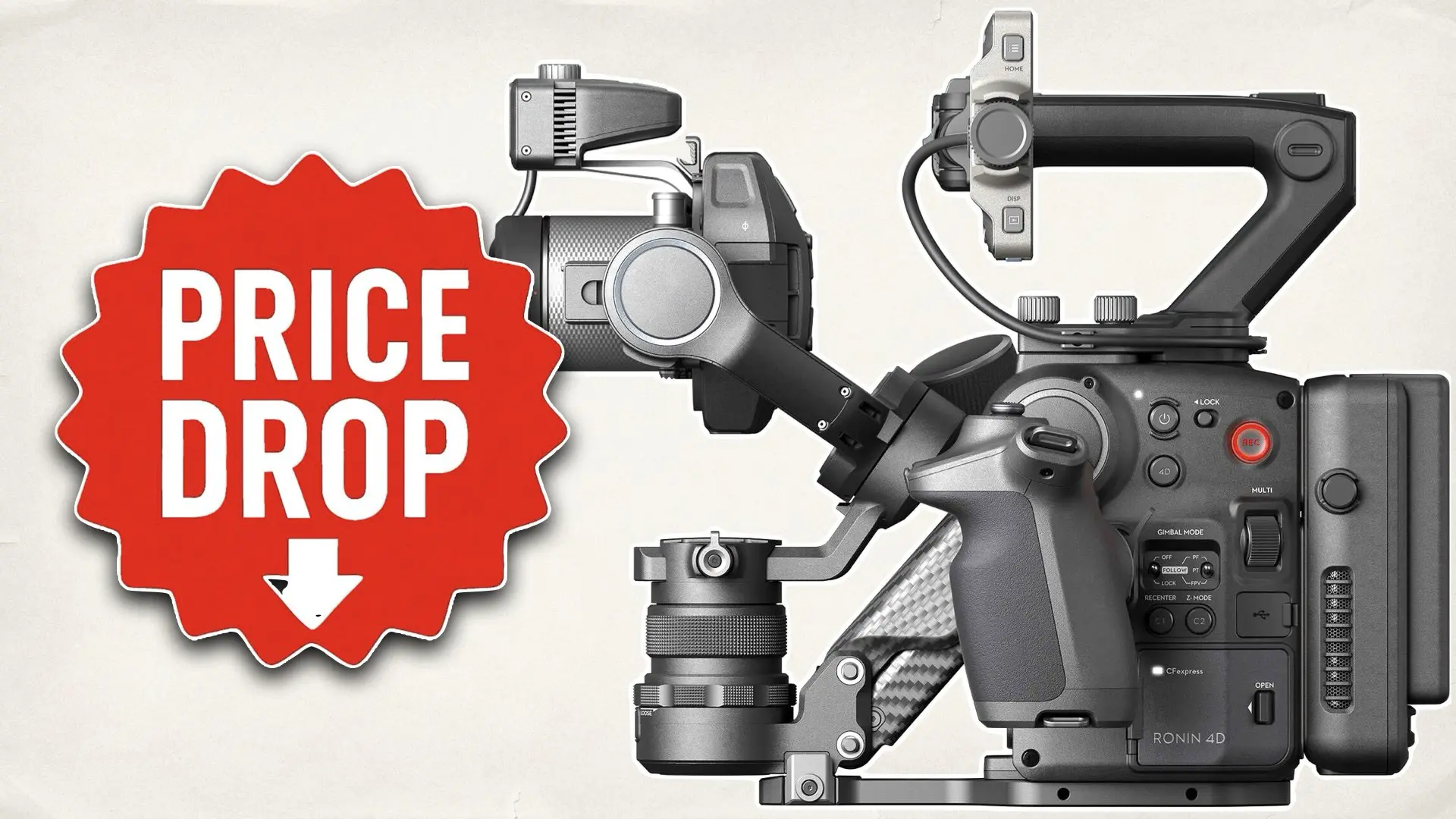
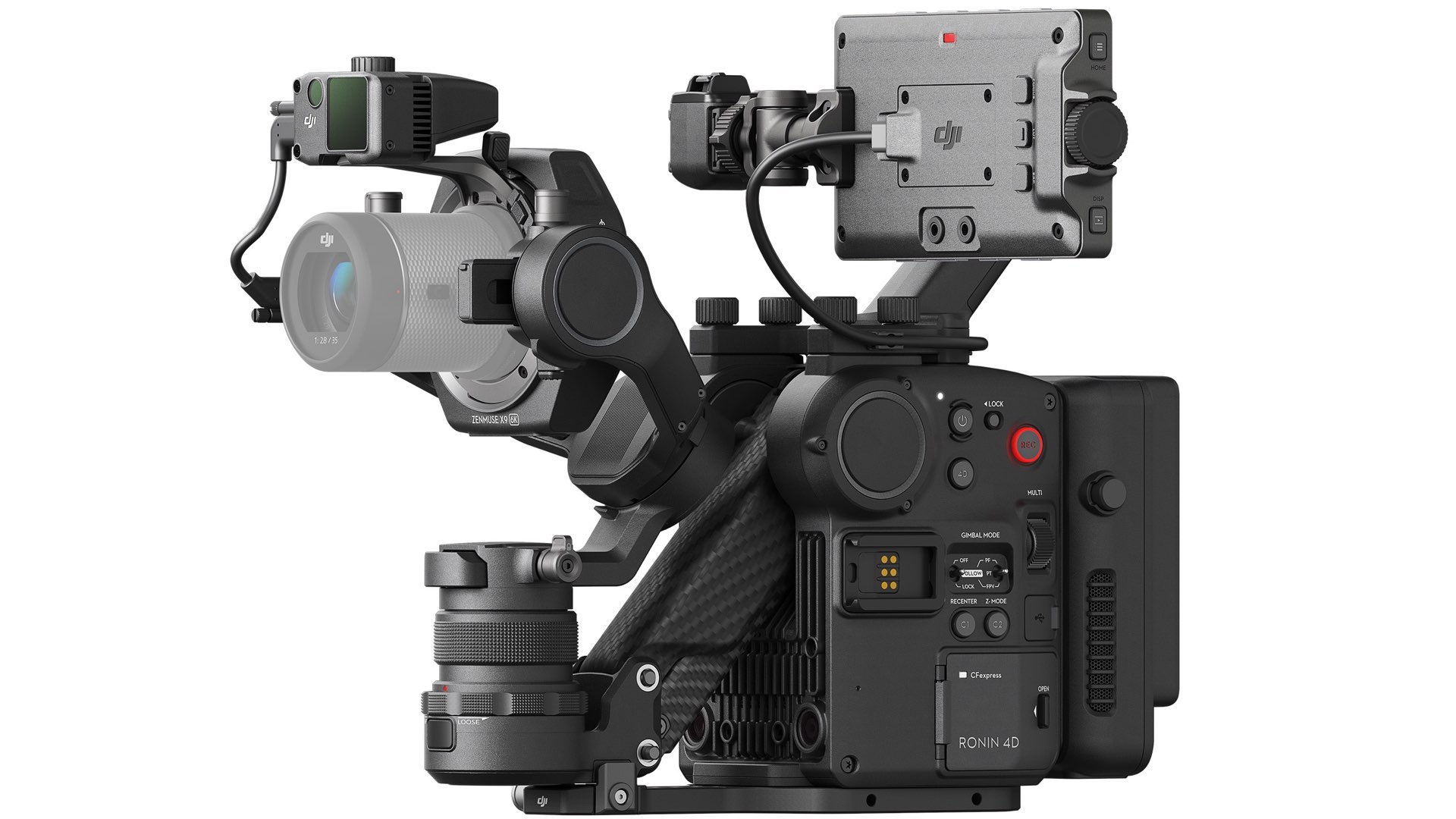
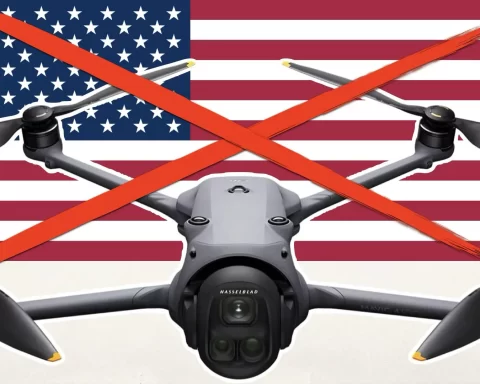
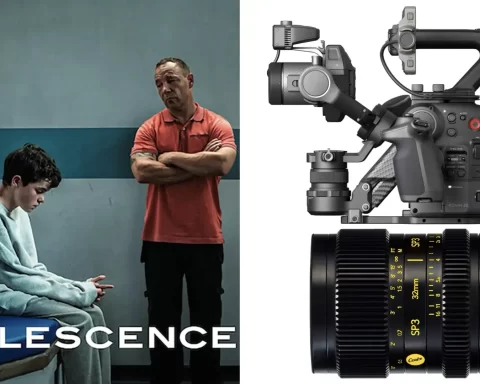
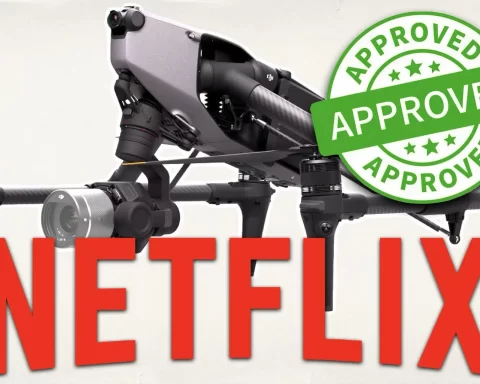
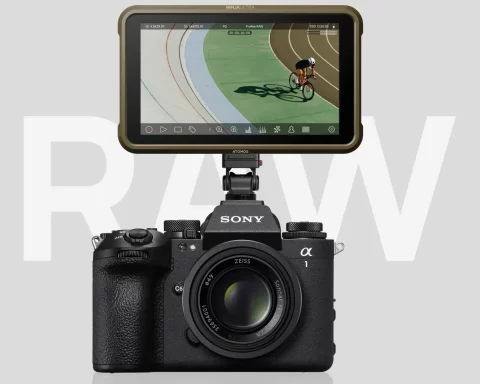
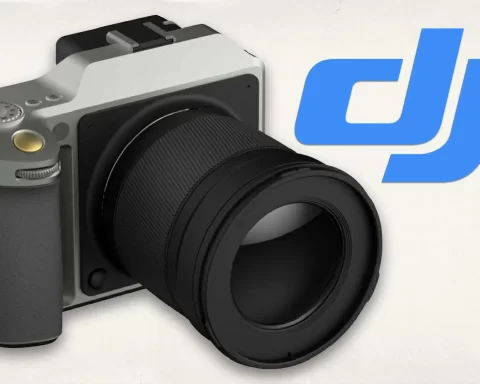
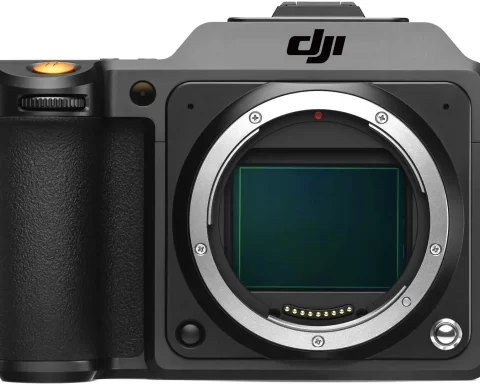

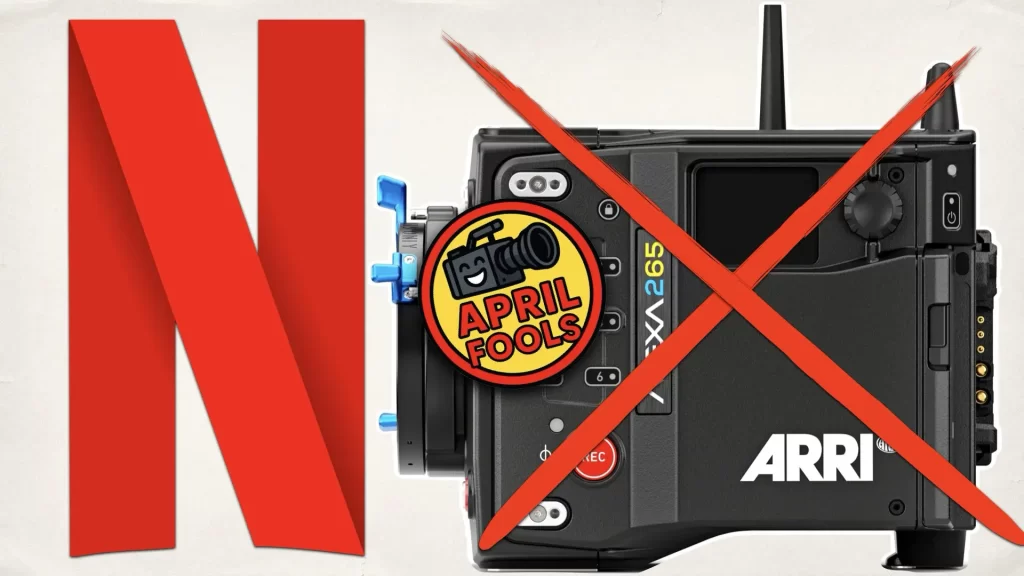
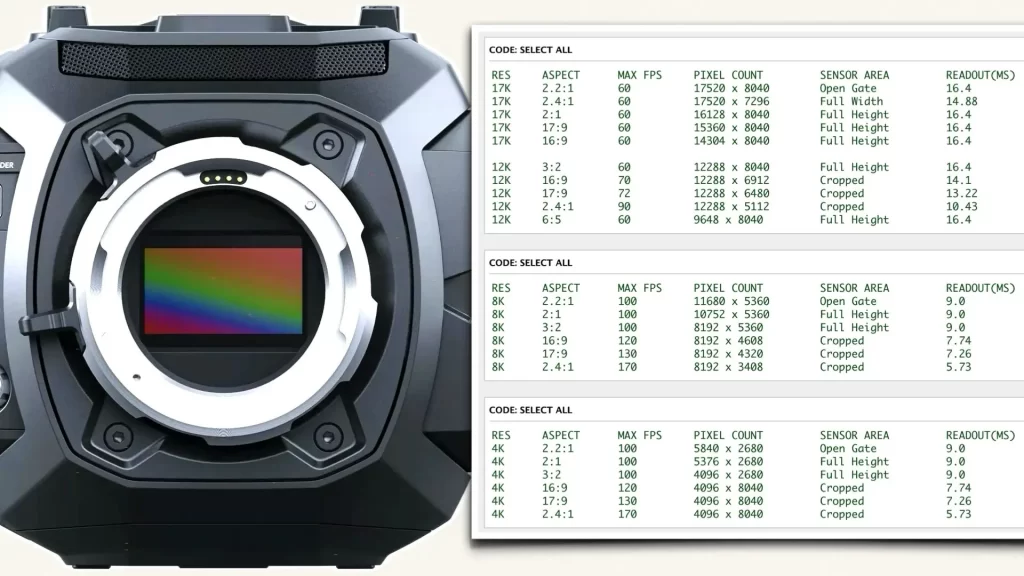
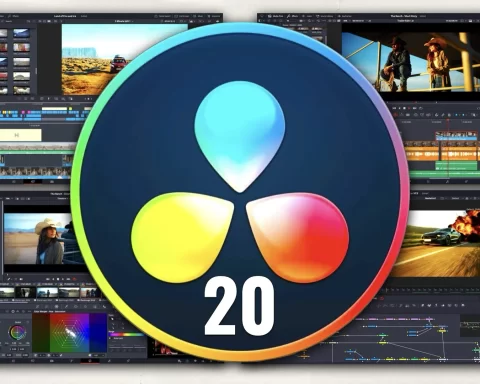

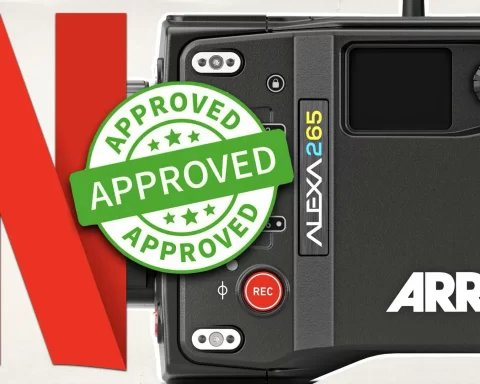

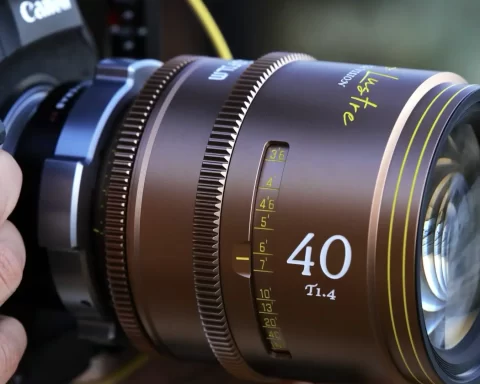


I love my 4D-6K, it does what I need it to (note that I don’t use the 4th axis, nor lidar, nor ProresRAW).
But there are issues that will turn people off and they could be the following:
– Complications with firmware (each accessor has it’s own firmware, some are updated through the body when attached to it or some are updated separately, all through the DJI Assistant App, except for the E-mount lens mount). If there is a mismatch in firmware (i.e. the body is on an older firmware, but the wireless transmitter is on a newer firmware), there will be an “Inconsistent Firmware” message, just press “confirm” and you can operate as normal, but you can only press “confirm” using the touch screen, if you don’t use the touch screen like me then it is a bit of an inconvenience, especially during a live event.
– False Color only monitors the lut’d image and not the sensor unless you disable lut.
– Firmware 1.05.xxxx shifts the ISO upwards so that IRE 20 to 35 look brighter, but noisier than on firmware 1.04.0303. I prefer the look of firmware 1.04.0303 (hence why the mismatch firmware issue is an inconvenience). Firmware 1.04.0303 makes the second base ISO 4000 instead of 5000 and it shifts the brightness of the overall image down to accommodate.
– There are no dedicated exposure dials on the handgrip so you have to either use the touch screen or cycle through the exposure controls via the mode button (pressing the mode button will toggle through the various exposure variables, then use the focus wheel to toggle through the setting adjustments). This is a very slow procedure and makes the 4D a lot slower. Even with the touch screen, you cannot hold the camera with one hand while the other hand is making the setting changes because the camera is too heavy.
– Lidar AF is not perfect which is why many 4D owners resort to their FX3 / A7Siii or other mirrorless camera on an RS3 / RS3 Pro / RS4 / RS4 Pro instead.
– The proprietary batteries are Lipo meaning they have a max shelf life of 2 to 3 years even when not in use. They also have a 200 charge max limit, the average is 150. If DJI chooses to discontinue these batteries, then you will need to get a V-mount to DC-in adapter from a third party.
– Some batches of 4Ds have burnt out circuit boards causing users to RMA it.
– If you like the bigger cinema lenses such as the DZO Arles or Laowa Proteus then you cannot use them on the 4D unless you use the Flex + Tilta cage which defeats the purpose of having a built-in 4-axis stabilizer.
You bring up some valid concerns—firmware management can definitely be a hassle, and the exposure control limitations are something many users have pointed out. The Lipo battery lifespan is another factor to consider, especially if DJI doesn’t offer long-term support. The Lidar AF issue is interesting—many filmmakers expected it to be a game-changer, but real-world use has shown mixed results. And yeah, once you start rigging up bigger lenses, you lose the whole ‘all-in-one stabilized camera’ advantage. The question now is: Do these trade-offs justify the price drop? Or is DJI paving the way for something new?
THX
Yossy